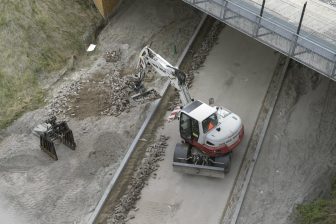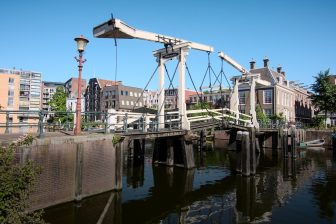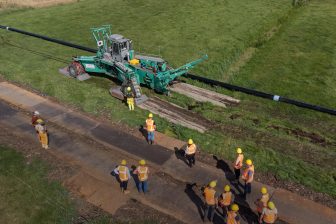Next construction peak in about 2012
The year 2006 is a culminating year for past 6 years development in construction industry of the Euroconstruct countries
In the EUROCONSTRUCT countries it is possible to observe construction business cycles which last for six years. EUROCONSTRUCT’s statistical data for period of years 1990–2009 shows following construction market cycles: 1993–1999 (1st cycle) and 1999–2006 (2nd cycle). The European construction market was at a peak in the 2nd cycle in 2006 and therefore we suppose next peak in about 2012 (3rd cycle).
The highest growth rates were recorded in all Euroconstruct (EC-19) countries during the period of years 2004–2006. Construction in ten out of nineteen countries showed the highest growth rates in 2006 and total European growth reached a top in the second cycle this year (3.7%). The year 2007 can be considered as the starting year of the third cycle hence the growth rates are currently decreasing and they are expected to decrease in all Euroconstruct countries except for 3 countries (Hungary, Poland and United Kingdom) in 2008. The turning point is expected in period of years 2008–2009 and afterwards the growth rates will catch up to the mentioned culmination in 2012. It is possible to observe similar cycles in development in the housing market by taking a look at the number of completed new dwellings. This indicator is expected to be the highest in 2007 and should decrease afterwards in Western European countries.
Housing Market
The European housing markets are booming at the moment. A postive development can be observed in a majority of the EUROCONSTRUCT countries, all above Spain and Ireland. Until the end of 2007 growth is expected to slow down and it will nearly flatten in 2008 and 2009. Within the EUROCONSTRUCT countries big differences can be observed. At the negative end are the housing markets in the countries Portugal and Poland where the housing production was 30% lower than the leven from 2003.
Non-residential Market
The next years will be favourable for non-residential building mainly because of two reasons: On the one hand side economic growth has large stimulating effects was well as increasing coorporate profits for industry and commerce. On the other hand the rival of real estate investment. Investment in properties is winning share from other types of investment. There is an abundance of capital world-wide in search of investment opportunities, and property transactions increased quite strongly in 2006 and are likely to continue to do so. The real estate business is increasingly international. The impact of the still relatively low interest rates is very positive.
European total non-residential building remained quite stable from 2002 to 2005. In 2006 growth reached 2.4 per cent while the highest growth at 3.5 per cent is forecast for this year. In 2008 and 2009 the figure will be slightly under 3 per cent. The forecasts for the non-residential sector are now clearly better than a year ago or last December. The clear growth that started in 2006 will last for the entire period until 2009. Growth will focus on new non-residential building; renovation will increase clearly less.
Civil Engineering
After three years with relative little growth, new impulses in various countries are stimulating demand for civil engineering works in the forecast period. The investment outlook for European civil engineering construction in the years ahead is optimistic, with growth rates between 3 and 4per cent annually. The major relative contribution to this outlook clearly stems from the Central and Eastern European (CEE) countries, with yearly growth rates above 10per cent. In Western Europe only the Irish civil engineering production is rising at the same pace. Other Western European countries with a relative positive outlook are Germany, Sweden, Spain and Austria, with average yearly growth rates above 4per cent. A decreasing output is foreseen in Italy, Belgium and Portugal. Due to the positive development of European GDP, which stimulates private as well as public investments, civil engineering will be one of the driving forces in the construction industry. Road construction will be the most dynamic sector, which is expected to grow at an average of 4.4 per cent between 2007 and 2009.
U las zojuist één van de gratis premium artikelen
Onbeperkt lezen? Profiteer nu van de introductieaanbieding voor € 10,- per maand.
Bent u al abonnee?



